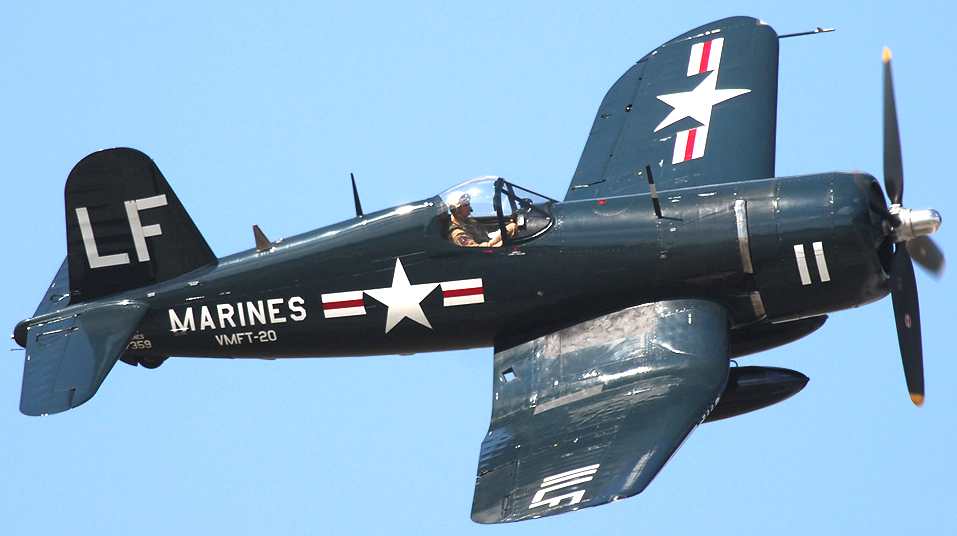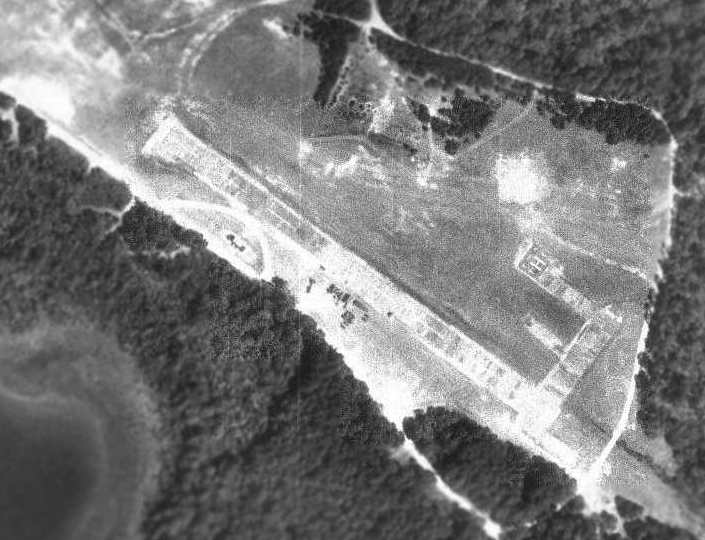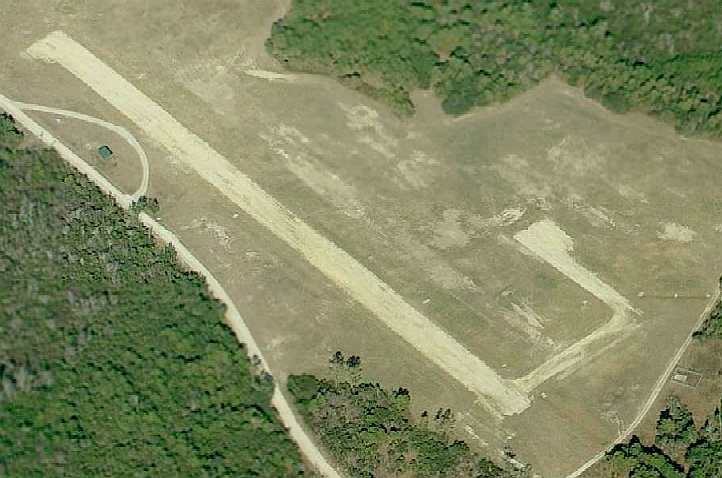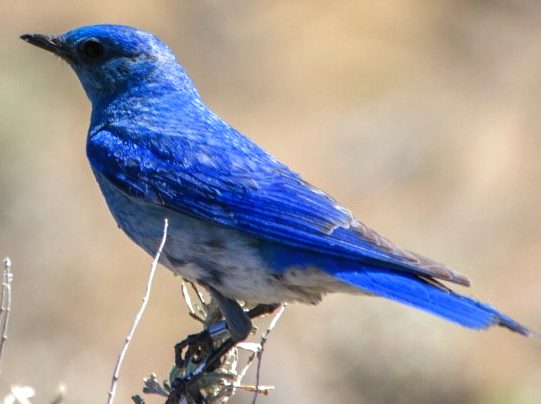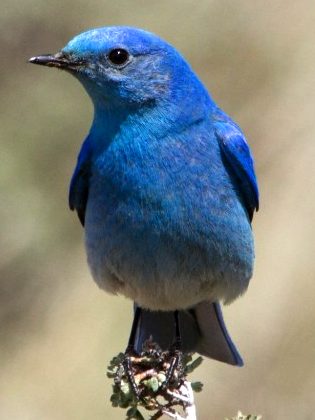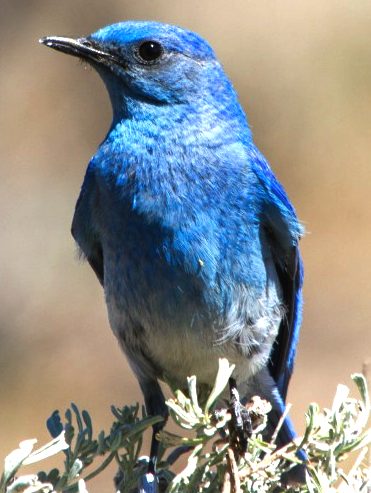|
BLUE BIRD MARINE CORP
|
|
A dark blue painted (bird) Carrier enabled Corsair fighter aircraft belonging to the US Marine Corp, USMC. This highly maneuverable plane is ideal for short hops from ship to shore or other vessels and is armed should the need arise for aerial combat.
This article is about the Blue Bird Marine Corps Expeditionary Airfield, Duck Creek, NC, 34.55 North / 77.32 West (Southeast of Jacksonville, NC).
The Blue Bird Airfield was labeled simply as “Landing Strip” on the 1991 USGS topo map. This small airfield on the property of Camp Lejune is one of 31 Expeditionary Airfields operated by the Marine Corps.
The date of construction of Blue Bird EAF is unknown. It may have been built at some point between 1988-91, as the airfield is not depicted at all on the 1970 or 1988 USGS topo maps, but does appear (labeled simply "Landing Strip") on the 1991 USGS topo map.
The airfield at Blue Bird is not depicted at all on aeronautical charts, and it is not listed in the Airport Facility Directory as an airfield or heliport.
As seen in the 1993 USGS aerial photo, the Blue Bird Airfield consisted of a single northwest/southeast runway,
along with a helipad on the east side.
In 1998 the Blue Bird EAF was rebuilt by members of the "Untouchables", Marine Wing Support Squadron 272, as described in a article in the 9/16/98 issue of the Marines Digest.
According to Gunnery Sgt. John C. Jefferson, MWSS-272 EAF officer-in-charge, given the nature of the operation & the work that had to be done, this was one of the quickest & most successful airfield construction operations he has witnessed.
"We had to take up the existing EAF because the shoulders surrounding it have eroded in the past few years, causing a hazard to landing aircraft," Jefferson is quoted as saying. "Once all the mats were taken up, our engineers & heavy equipment (HE) sections built new dirt shoulders, and then a new airfield was constructed."
TLZ Blue Bird is a vertical/short takeoff & landing (VSTOL) site used by helicopter & AV-8 Harrier pilots for combat mission training. The airfield at Blue Bird consists of a single 1,700' runway, composed of hundreds of interlocking aluminum mats. A taxiway leads a 96' square vertical takeoff & landing pad. The entire landing area has a total of 161,568 sq ft. "The entire surface area was reworked about five years ago & is still in relatively good shape," Jefferson said. "Only certain spots that laid under the old mats needed to be repaired for certification."
A circa 2008-2010 aerial photo looking north at the Blue Bird airfield showed a single runway, a single helipad, and one small building on the southwest side.
The Untouchables constructed their entire base camp, relocated necessary equipment from New River to the TLZ, assessed work requirements, and started disassembling the runway on the 1st day at the site. The squadron's base camp was spread throughout a wooded area adjacent to the TLZ and consisted of a small number of the all-to-familiar general purpose tents, covered with camouflage netting which made it virtually invisible to an untrained eye.
The estimated time taken to complete the operation was 4 weeks. The Untouchables completed the task in a mere 2 weeks. "The troops deserve every bit of the credit for another successful operation," said Lt. Col. Danny Brush, MWSS-272 commanding officer. "They came out here & broke their backs to meet the needs of the Corps."
Blue Bird EAF is located on the northeast shore of Mile Hammock Bay, 1.5 miles south of Route 172,
1. Polish soldiers from Training Company 1 run out of a CH-53E Super Stallion helicopter to set up a tactical perimeter at Landing Zone Bluebird during Exercise Cooperative Osprey '98 on June 6, 1998, at Marine Corps Base, Camp Lejeune, N.C. Training Company 1, consisting of U.S. Marines, Polish, and Lithuanian soldiers, is being taught a wide variety of defensive and offensive urban tactics. Cooperative Osprey '98 is a Partnership for Peace situational training exercise designed to improve the interoperability of NATO and partner nations through the practice of combined peacekeeping and humanitarian relief operations. Partner nations include Albania, Bulgaria, Estonia, Georgia, Kazakstan, Kyrgyzstan, Latvia, Lithuania, Moldova, Poland, Romania, Ukraine, and Uzbekistan. Participating NATO nations include Canada, The Netherlands, and the United States.
2. Sgt. David M. McClelland and Lance Cpl. Alexander D. Williams, both refueler operators from Marine Wing Support Squadron 271, wait to stop the fuel flow from an MK970 refueler. Marines from MWSS-271 participated in a forward arming and refueling point training exercise at Landing Zone Bluebird, Marine Corps Base Camp Lejeune, Jan 27 2012.
LINKS
http://www.airfields-freeman.com/NC/Airfields_NC_SE.htm http://wikimapia.org/6648398/Blue-Bird-Marine-Corps-Expeditionary-Airfield-Duck-Creek-NC http://www.leatherneck.com/forums/archive/index.php/t-25599.html
The North American Blue Bird inspired the US Marine Corp to name landing strips and exercise zones as fitting their peace keeping activities.
|
|
This website is Copyright © 2013 Bluebird Marine Systems Limited. The names Bluebird™, Bluefish™, Solar Navigator™,Blueplanet Ecostar BE3™, Utopia Tristar™ and
|
